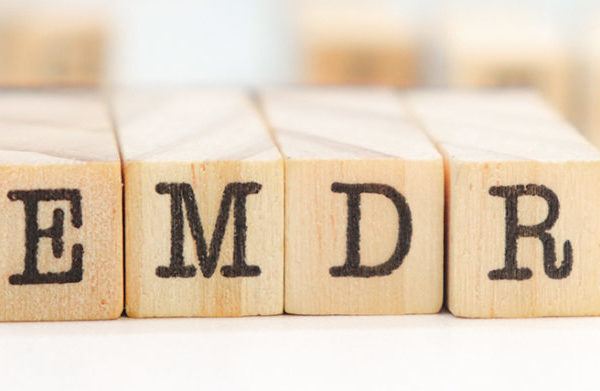
SHA Magazine Health & Beauty
What is cognitive agility and how can I improve my mental processing capacity?
“Everyone complains about their memory, but no one about their intelligence,” wrote German journalist and writer Kurt Tucholsky, who died in 1935, several decades before mobile phones arrived and the attention economy devoured our ability to concentrate.
It is true that we worry about starting to forget the names of people we know very well or words we frequently use. However, these signs can be symptoms of mental exhaustion and stress. Maintaining the ability to compare, analyze situations, and make decisions while minimizing errors seems to be more important than remembering every detail. This skill is called cognitive agility and is one of the attributes of our brain that we must protect to ensure full mental health.
The speed of thought goes beyond solving a mathematical calculation; it is about the ability to analyze reality, process available information, and adapt to new situations.
Cognitive agility is demonstrated in our daily lives as we face small and big problems that test our brain’s plasticity.
The ability to process information correctly and quickly is highly sought after in global leaders, as they must make decisions every day in a complex, volatile, and rapidly changing world. But is it possible to train this capacity?
One of the most popular ways to stimulate the brain is through mental exercises known as “brain training” games, including logic and mental calculation problems, crosswords, or Sudoku. If these games are digitalized, they offer the possibility to adjust the difficulty level according to each person’s abilities.
Learning new things and not staying stuck in the comfort zone also forces the brain to use all its resources and grease the mental connections to adapt to novelties. “Discoveries we make while traveling and any form of learning contribute to brain growth,” emphasizes Professor Bruno Ribeiro, an expert in Cognitive Development at SHA Wellness Clinic.
“Physical exercise also protects us from age-related brain atrophy, but physical exercise is not just walking. It involves elevating the cardiovascular system above the average level necessary to maintain activity. Heart rate and blood flow need to increase, and it should be challenging to hold a conversation while exercising. We should engage in 50 minutes of moderate to intense physical activity three times a week,” recommends Professor Ribeiro.
“Anything one does to stay alive is marked in the brain with dopamine. For example, eating, drinking, taking care of children, being with friends, working pleasurably, having sex. In other words, all behaviors that advance the species are marked with dopamine, and a good daily supply of dopamine elevates another neurotransmitter, serotonin, which is responsible for mood,” explains Ribeiro.
Apparently, having a good cognitive reserve keeps the brain agile for longer. Cognitive reserve is the mental capital we have invested in throughout life. It consists of our experiences, learnings, readings, travels, memories, relationships, languages, good and bad moments, traumas, and joys. The greater the cognitive reserve, the more protected the brain is from neurodegenerative diseases.
It is still not possible to guarantee that a good cognitive reserve is an antidote to age-related neurodegenerative diseases, but it does seem to be a factor that contributes to delaying cognitive decline.
Neurologists recommend some daily activities to take care of our cognitive reserve. Among them, reading because it promotes concentration, exercises memory, and fuels imagination.
Another recommendation is to gather frequently with family and friends around board games that serve to lubricate cognitive skills such as calculation, recent memory, planning ability, and language. Experts also recommend learning new things, such as another language or even a musical instrument.





